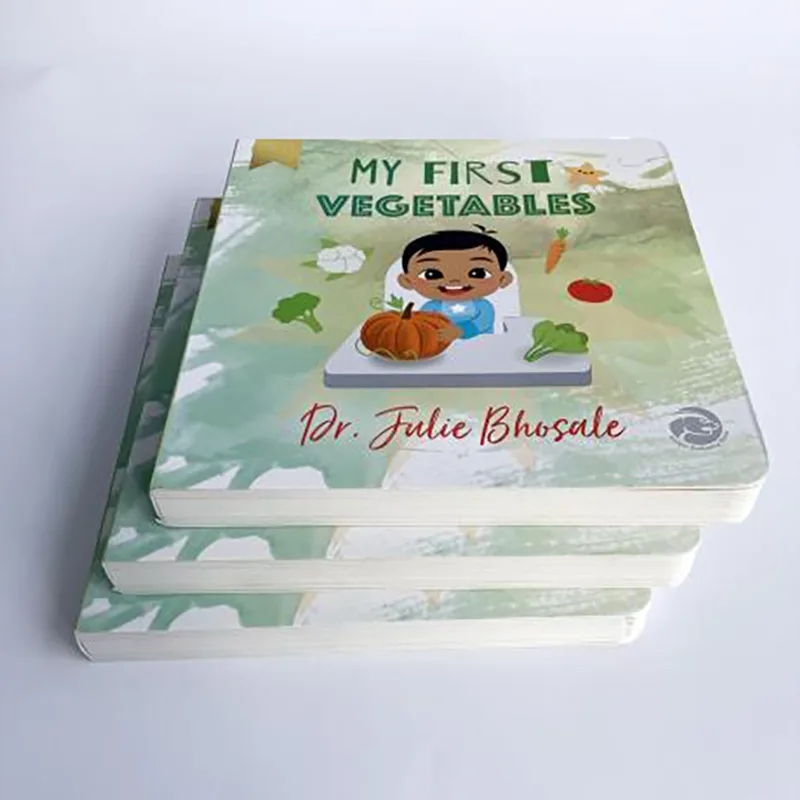Control points for each process of book and magazine hardcover processing
2024-04-18
In the packaging and printing industry, manufacturers who produce hardcover books now generally have shell making machines and hardcover linked production lines. However, small businesses cannot invest heavily in automated production when producing small quantities of hardcover books. Here are some key points for processing hardcover books. Today, the editor of Paper Industry Network searched for relevant information and provided a detailed introduction to the relevant content.

First time applying glue
After bundling the book core, a thin layer of adhesive material is applied to the back of the book at regular intervals to form a flexible film, which basically shapes the book core and prevents mutual displacement in the next process, completing the first layer of adhesive brushing.
Cutting Books
Three sided cutting requires the book to be square, with small cutting errors.
round
The standard circular arc of a hardcover book back should be based on the thickness of the book core as the diameter. The center angle of the circular arc of the book back is about 130 °, but the thicker the book core, the smaller its circular potential. The thinner the book core, the greater its circular potential. In order to unify the arc size of the book core processing, each book should be compared with any mold arc after rounding to ensure that the arc length is consistent with the floating mouth of subsequent processes. When hand rolling, you can use a steam iron to fold the back of the book together, put a towel on it, and steam back and forth a few times to soften the glue on the back of the book. Then, knock them with a wooden hammer and they can be scraped round by hand. This method can prevent the copperplate paper inserts from getting damp, wrinkling or sticking to the edges, improving the quality of binding.
Finally, complete the ribbon bonding and "three bonding" according to quality requirements.
Control of Book Cover Production
When making a book cover, first adjust the size of the mask frame and mark the width of the back of the book on the upper block gauge to ensure that the book is centered. When inserting cardboard, the cardboard should be tilted to the left and right sides to overcome errors in cardboard cutting and ensure that the size of each book cover is consistent after completion. After sealing the book cover according to quality requirements, use bamboo strips to scrape all four sides to prevent loose edges and empty edges. Then stack the two pairs of book covers together, and place cardboard with the same thickness as the book cover at the middle seam, so that the middle diameter edge of the cover is pressed down. Each pile of newly completed books is sealed and pressed once under controlled pressure. Then separate the cover, remove the padding, fold it flat in one direction, and press heavy objects on top to prevent warping. Before sealing the book, the sealing shell should be erected, dried in the shade, and allowed to dry naturally. During the rainy season, preservatives should be added to the shell glue to prevent it from becoming moldy when naturally dried in a cool place.
Before putting a round back book on the shell, the middle seam should be preheated and shaped on a self-made round back tool to match the back of the book, and the back should match the middle of the book cover. Key points to prevent surface warping of the book cover: (1) Use animal glue with low moisture, fast drying, and good shape. (2) Adjust the inner and outer tension of the book sealing cardboard to balance the moisture inside and outside. (3) After stacking the finished products, flatten them and then dry them with circulating air. After complete drying, inspect or package them.
Control of envelope sealing process
When closing the book, first brush glue on the inner groove of the book cover, and then test the cover on the opposite side of the book core and the book cover, so that the top, bottom, and front three sides have equal floating openings. After using a groove press to press the groove, it is sent to a lining scanner for lining cleaning. Pressing the groove first and then sweeping the lining can prevent the highly hygroscopic ring lining paper from protruding.
Next, open the book cover above and use a 7-inch wool brush dipped in an appropriate amount of paste to evenly brush from the middle to the four sides of the ring lining. Then fold the front openings of the book in a staggered manner, flatten them, and remove any remaining air between the padding and the book cover, making it more firmly and evenly bonded. If it is coated paper ring lining, a waste cover with a film should be placed between the two pages. The film faces the book block, which helps to absorb moisture, prevent moisture from entering the ring lining and wrinkling the pages. In addition, it is also required that the packaging personnel affix a manual number on the ring liner to prevent the book block from being inverted. After the book is sealed, check whether the three floating openings are consistent, and whether the back and spine of the book are flat. The pad cleaner should lift the brush as it approaches the edge to prevent adhesive from sticking to the cut.
In addition, attention should also be paid to the control of the groove pressing process and the inspection of the finished product book. Slot pressing process control: Use any slot pressing plate to press the slot, requiring the slot line to align with the book slot. Stack a layer of books and laminated trough boards to a certain height and press them to form the trough for 4 hours to prevent instability. Finished book inspection and control: Wild glue books need to be polished and separated with fine sandpaper, and the book core must be inspected and marked before being packaged and shipped out of the factory.




